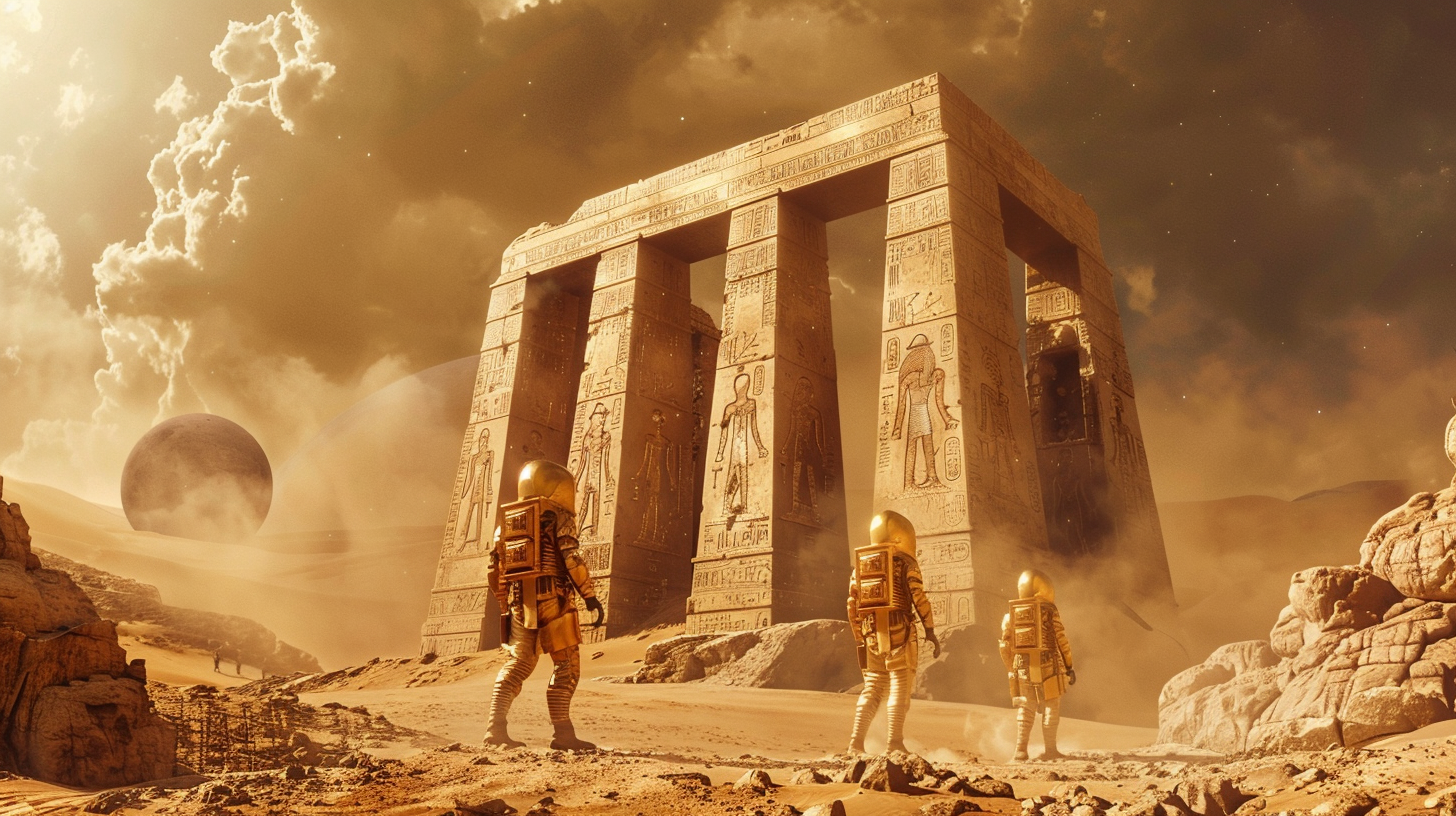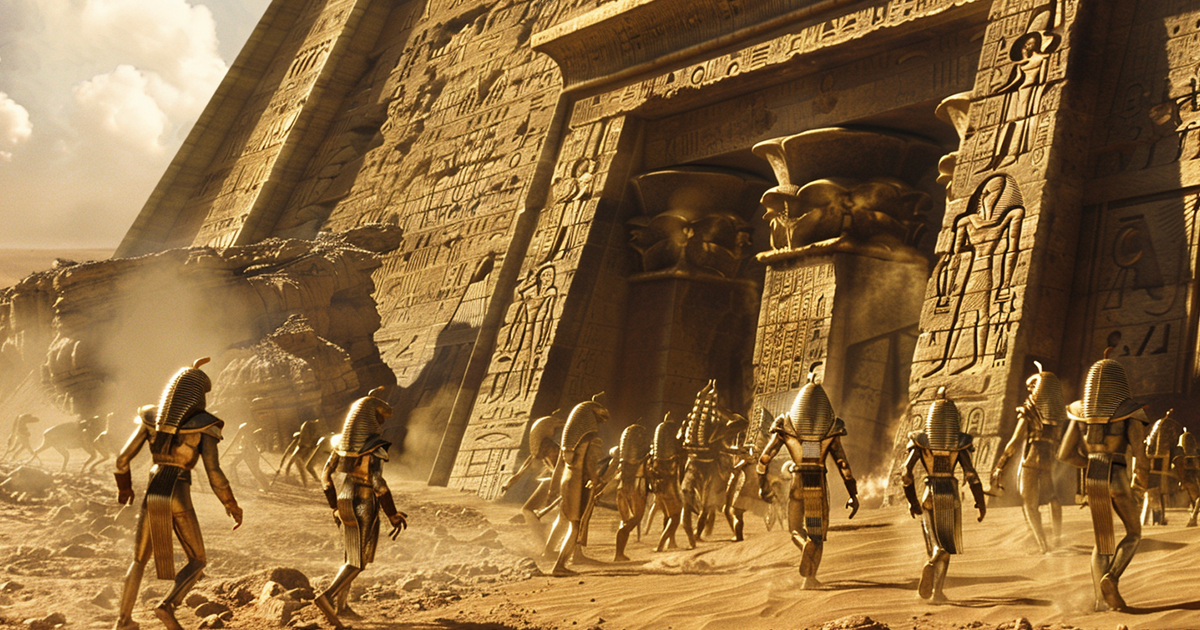Deep within Egypt’s core lies the mysterious Osirion Temple, a testament to the remarkable skill of ancient builders. Its unconventional design, featuring intricately carved megaliths and detailed decorations, challenges traditional norms, suggesting advanced knowledge or potential external influences. Let’s uncover the mysteries surrounding the Osirion Temple and examine the unique methods used in its construction.
The enigmatic Osirion Temple, located near Abydos, Egypt, sits next to the Temple of Seti I, believed to date back to the rule of Pharaoh Seti I or his son Ramses II. This temple stands out with its distinct architectural features and innovative construction techniques. Unlike other structures, the Osirion Temple displays massive stone blocks intricately carved and flawlessly fitted together with exceptional accuracy.
At the core of the temple’s layout are colossal megalithic stones, some weighing an astounding 100 tons, positioned in complex arrangements with seamless connections. The precise workmanship and placement of these stones raise fascinating inquiries about the skills of ancient Egyptian stonemasons and engineers. How did they achieve such remarkable accuracy using the limited tools and technology available at that time?

Speculations suggest that the construction techniques at the Osirion Temple might have been influenced by advanced knowledge or external sources. The precisely cut megaliths and intricate patterns bear similarities to structures in various regions, sparking ideas of potential cultural exchanges or ancient civilizations with advanced technological capabilities.
Furthermore, the temple’s strategic placement and architectural design imply a deeper meaning beyond its visual appeal. Dedicated to Osiris, the god of life, death, and rebirth, the temple likely served as a site for ceremonies and spiritual practices related to mortality and rebirth. The hidden chambers and water passages within the temple complex add layers of mystique, indicating symbolic meanings and concealed messages.
However, skeptics offer differing perspectives on the construction of the Osirion Temple, attributing its precision and complexity to the skill and expertise of ancient Egyptian craftsmen. They argue that while the construction of the temple may appear unconventional by today’s standards, it does not necessarily point to external influences or knowledge beyond the capabilities of ancient civilizations.
In conclusion, the Osirion Temple stands as a testament to the intelligence and architectural excellence of ancient Egypt. Its unique construction methods and elaborate design continue to captivate scholars and enthusiasts, sparking discussions and theories about the origins of its builders and the enigmas hidden within its walls. Whether seen as a result of advanced wisdom, cultural interactions, or human creativity, the Osirion Temple remains a timeless symbol of Egypt’s mysterious and splendid history.
